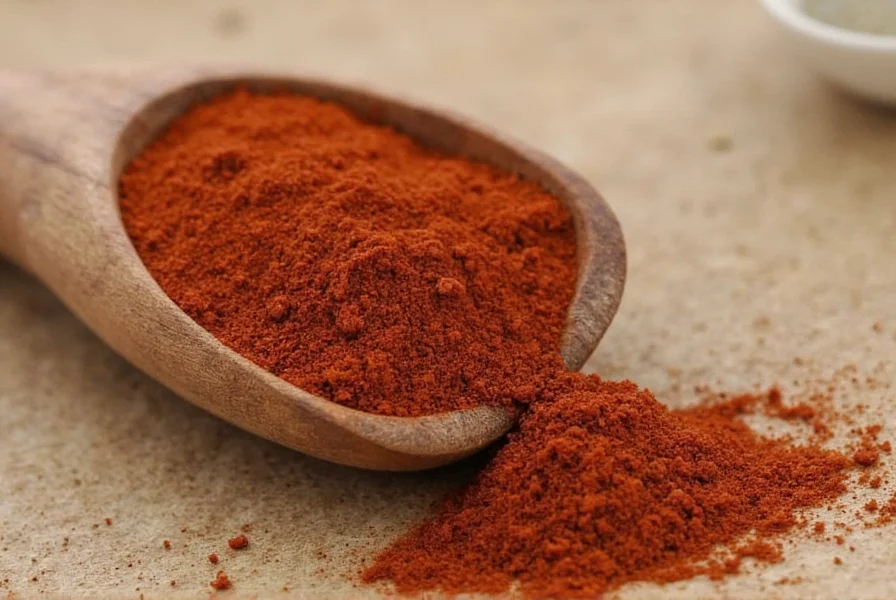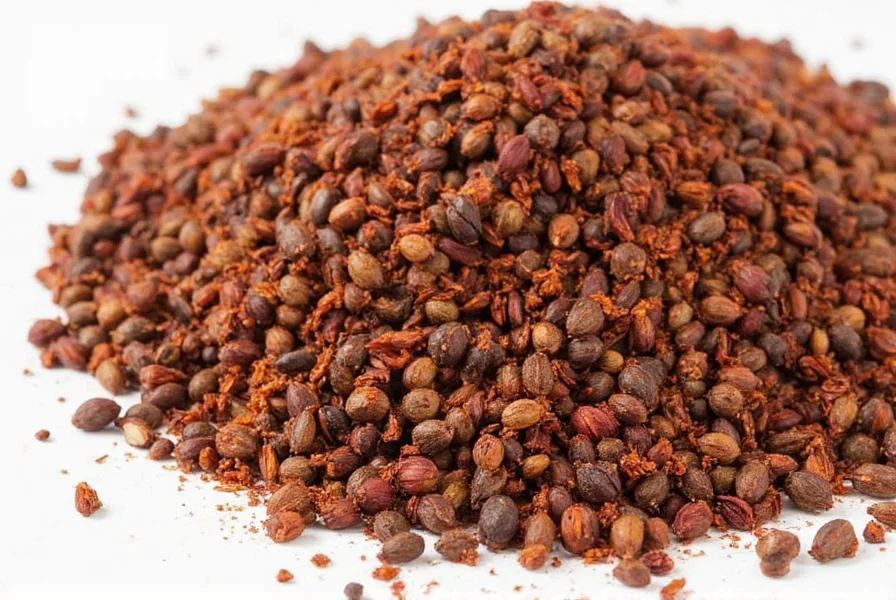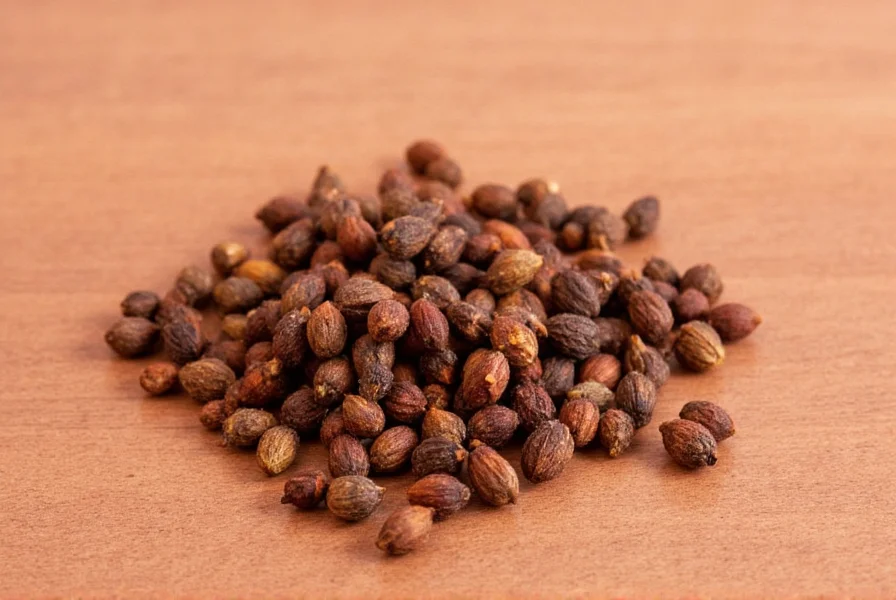Allspice, scientifically known as Pimenta dioica, has captivated cooks worldwide with its complex flavor profile that seems to combine multiple spices into one. Despite its misleading name, this aromatic berry stands alone as a complete spice with distinctive culinary properties. Harvested from evergreen trees primarily grown in Jamaica, Honduras, and Mexico, allspice berries undergo sun-drying until they transform from green to reddish-brown and finally to a deep mahogany color.

The Origins and History of Allspice
Christopher Columbus first encountered allspice during his voyages to the Caribbean, mistakenly believing he had found peppercorns. Spanish explorers named it pimienta (pepper), which evolved into the botanical name Pimenta. The English later dubbed it “allspice” in the 1600s because its aroma resembles a combination of cinnamon, nutmeg, and cloves.
Jamaica remains the premier producer of high-quality allspice, where the specific climate and soil conditions create berries with superior flavor complexity. The island's allspice, often labeled “Jamaican pimento,” commands premium prices in global spice markets due to its balanced flavor profile and intense aroma.
Understanding Allspice Flavor Profile
Allspice delivers a remarkable harmony of warm baking spices in a single ingredient. When properly ground, it releases volatile oils that create an aromatic experience reminiscent of holiday baking. The primary flavor compounds include eugenol (also found in cloves), which provides that characteristic warmth, along with cinnamaldehyde and myrcene that contribute to its complexity.
Freshness dramatically impacts allspice quality. Whole berries retain their flavor for up to two years when stored properly, while pre-ground allspice loses potency within six months. For maximum flavor impact in your cooking, consider grinding whole allspice berries just before use using a dedicated spice grinder or mortar and pestle.
| Spice Comparison | Allspice | Clove | Cinnamon | Nutmeg |
|---|---|---|---|---|
| Primary Flavor Notes | Warm, sweet, complex blend | Sharp, medicinal, intense | Woody, sweet, aromatic | Earthy, nutty, warm |
| Best Used In | Marinades, stews, baked goods | Ham glazes, spice blends | Breakfast foods, desserts | Custards, mashed potatoes |
| Flavor Intensity | Moderate | Strong | Moderate | Moderate |
| Storage Life (Whole) | 2 years | 2 years | 4 years | 1 year |
Culinary Applications of Allspice
Allspice shines in both sweet and savory applications across multiple culinary traditions. In Caribbean cuisine, it forms the backbone of jerk seasoning, where it complements Scotch bonnet peppers and thyme. Middle Eastern cooks incorporate allspice into meat rubs and rice dishes like kibbeh, while European bakers use it in gingerbread, fruitcakes, and mulled wine.
When exploring how to use allspice in cooking, consider these applications:
- Add to tomato-based sauces for depth without overwhelming heat
- Include in pickling brines for vegetables and fruits
- Mix into dry rubs for pork, chicken, or game meats
- Enhance chocolate desserts with subtle warmth
- Stir into oatmeal or porridge for morning warmth
For authentic Jamaican jerk seasoning, combine two tablespoons of freshly ground allspice with one tablespoon each of thyme and brown sugar, plus Scotch bonnet peppers to taste. This simple blend demonstrates why allspice substitute for baking and savory dishes remains challenging—no single spice replicates its complex profile.

Effective Allspice Substitutes
When you need an allspice substitute for baking or cooking, understanding flavor balance becomes crucial. While no single replacement perfectly mimics allspice, these combinations work well depending on your recipe:
- For savory dishes: Mix equal parts cinnamon and cloves (1:1 ratio)
- For baking: Combine 1/2 teaspoon cinnamon, 1/4 teaspoon nutmeg, and 1/4 teaspoon cloves per teaspoon of allspice
- Quick alternative: Use pumpkin pie spice at a 1:1 ratio (though this contains ginger which alters flavor)
Remember that Jamaican allspice vs mixed spice differs significantly—commercial “mixed spice” in the UK often contains additional ingredients like coriander that change the flavor profile. When substituting, consider whether your recipe requires the specific warmth of authentic allspice or if a similar flavor profile will suffice.
Proper Allspice Storage Techniques
To maximize shelf life and maintain flavor intensity, follow these allspice storage container tips. Whole allspice berries retain their essential oils much longer than pre-ground versions. Store them in an airtight container away from light, heat, and moisture—a dark cabinet works better than clear spice racks near the stove.
For long-term storage, consider dividing your supply into small portions and keeping the majority in the freezer. This practice preserves volatile compounds that create allspice's distinctive aroma. When you need to use it, take out only what you'll use within a month to prevent repeated exposure to humidity.
Nutritional Profile and Traditional Uses
Allspice contains several beneficial compounds including eugenol, quercetin, and gallic acid. Traditional medicine systems have used allspice for digestive support and pain relief, though modern research remains limited. As with all spice-related health claims, consult healthcare professionals before using allspice for therapeutic purposes.
When examining allspice health benefits facts, remember that spices typically contribute minimal nutritional value by volume in cooking. Their primary value lies in flavor enhancement and potential antioxidant properties rather than significant vitamin or mineral content. Enjoy allspice as part of a diverse, balanced diet rather than seeking specific health outcomes from its consumption.
Frequently Asked Questions
Is allspice really a blend of spices?
No, allspice is a single dried berry from the Pimenta dioica tree. Its name comes from its flavor profile resembling a combination of cinnamon, nutmeg, and cloves, but it contains none of these spices.
Can I substitute five spice for allspice?
Five spice powder makes a poor direct substitute for allspice as it contains star anise, fennel, and other flavors that significantly alter dish profiles. For authentic Jamaican allspice applications, use the cinnamon-clove-nutmeg blend mentioned in the article instead.
Why does my allspice taste bitter?
Bitter allspice usually indicates either old, stale spice that has oxidized or excessive amounts used in a recipe. Fresh allspice should have warm, sweet notes. Try using less (start with 1/4 teaspoon per serving) or replace your supply if it's been stored for more than six months.
Does allspice contain actual pepper?
No, despite historical confusion by Columbus who thought he'd found peppercorns, allspice contains no black pepper. The name comes from Spanish “pimienta” meaning pepper, but it's botanically unrelated to true pepper (Piper nigrum).
How can I tell if my allspice is fresh?
Fresh whole allspice berries should be dark brown with visible oil glands and emit a strong, warm aroma when crushed. Ground allspice should have a rich mahogany color and potent fragrance. If it smells faint or musty, it's lost potency and should be replaced.











 浙公网安备
33010002000092号
浙公网安备
33010002000092号 浙B2-20120091-4
浙B2-20120091-4